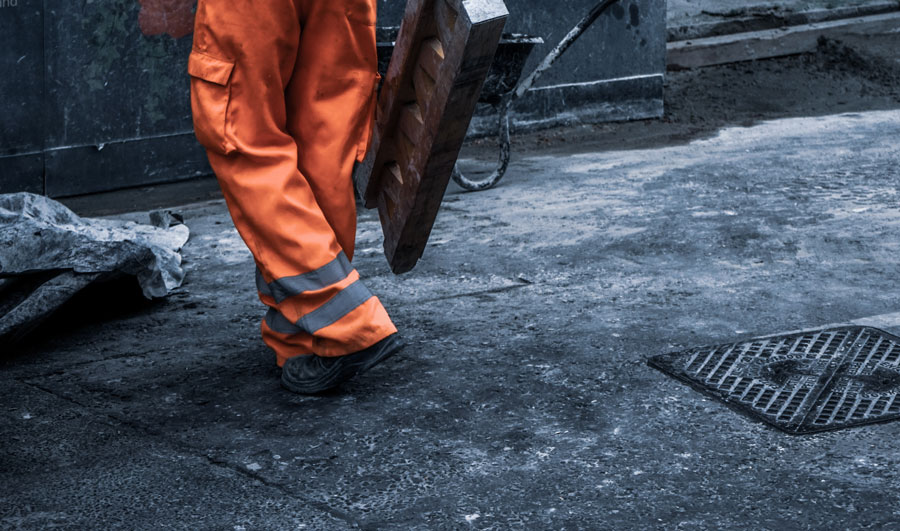How to care for hi-vis clothing

Here’s how to properly care for hi-visibility clothing
Hi-vis clothing can see a lot of abuse in the line of duty, and it's often a badge of honour among construction workers when you've got a few battle scars on your PPE.
However, there are also rules around just how dirty and unkempt your high visibility clothing can be on-site for formality and safety's sake. So, how can you ensure you keep your high visibility gear looking its best without damaging it or making it less effective? Let's take a look!
Wash it properly
While workers often like to take responsibility for their own clothes, it's not as easy as just chucking it in the washing machine for a cycle or two. The coatings and glues used to keep high visibility clothing reflective and visible in low light can often be damaged by the action of a washing machine and may not protect workers effectively, so there are a few instructions you need to follow.
For one thing, it's important to always use a cold wash. Heat in a wash can melt the seals on waterproof clothing, shrink and deform reflective gear and fade other high visibility clothes, making them less visible. To protect against this, always wash on cold. It's also a good idea to wash your hi-vis clothing inside out, so the spinning of the machine doesn't catch on reflective strips and tear them.
Don't use harsh chemicals
When you're washing your regular clothes, there are various chemicals you can use to keep them on top form, but that's not always a good idea when you're looking after high visibility clothes.
Bleach is a popular choice for getting stains out of clothes, but this can fade or damage high visibility strips to make them less effective, so it should be avoided. It can also burn or eat away at more delicate fabric and mesh, so it shouldn't even be used in small or diluted quantities.
The same even applies to more gentle chemicals like fabric softener and starch, which can remove or dull reflective materials, so it's best to use soap and water and to hand wash your high vis gear to be extra safe.
Always drip dry your clothes
It can be tempting to use a dryer to get your hi-vis clothes dry after you've washed them, but it's always better to line dry your workwear instead so that you don't accidentally damage it.
As with the washing machine, not only is there a danger of catching hooks and zips on the interior mechanism and ripping your clothes, but you can also melt or fade the reflective elements of your clothes. The heat of a dryer is the most damaging part, which also applies to ironing too, so you also shouldn't iron your clothes in case they get damaged.
Turn out the pockets regularly
It can be tempting to fill the pockets of your high visibility clothing and forget about them, especially when you're having a busy day on-site, but it's important to empty your pockets regularly, especially if you're storing your clothes.
Keeping anything in the pockets can distort and deform them over time and even wear holes in them, while some metals or plastics can react with the fabric over time and damage or discolour it.
Store them carefully
High visibility clothing is often stored on-site in lockers or in changing rooms, but it's always better to store it in the same way as you would your other clothes where possible to keep them safer for longer.
Storing your high visibility gear on-site can mean exposing it to everything from high levels of heat to dangerous chemicals, oil and grease, naked flames and water. By doing this, you're potentially risking your clothes rotting, staining, fading or otherwise becoming damaged in ways that can make them less effective.
Actively maintain your hi-vis clothes
The best way to make sure your high visibility clothes stay safe and effective in the long term is to keep on top of maintenance. It's important to check for rips and tears regularly so that any damage is nipped in the bud early and isn't given the chance to spread.
You should also spot clean your clothes whenever possible so that any stains or water damage doesn't have the chance to get baked or burned onto the fabric, because they're much harder to get off later than they are when they first happen. This is especially true of zips or Velcro parts, which can fail if they're not fixed properly.
If you're looking for high-quality, durable workwear, take a look at our range at Jaybro today.
 Sign In
Sign In 

